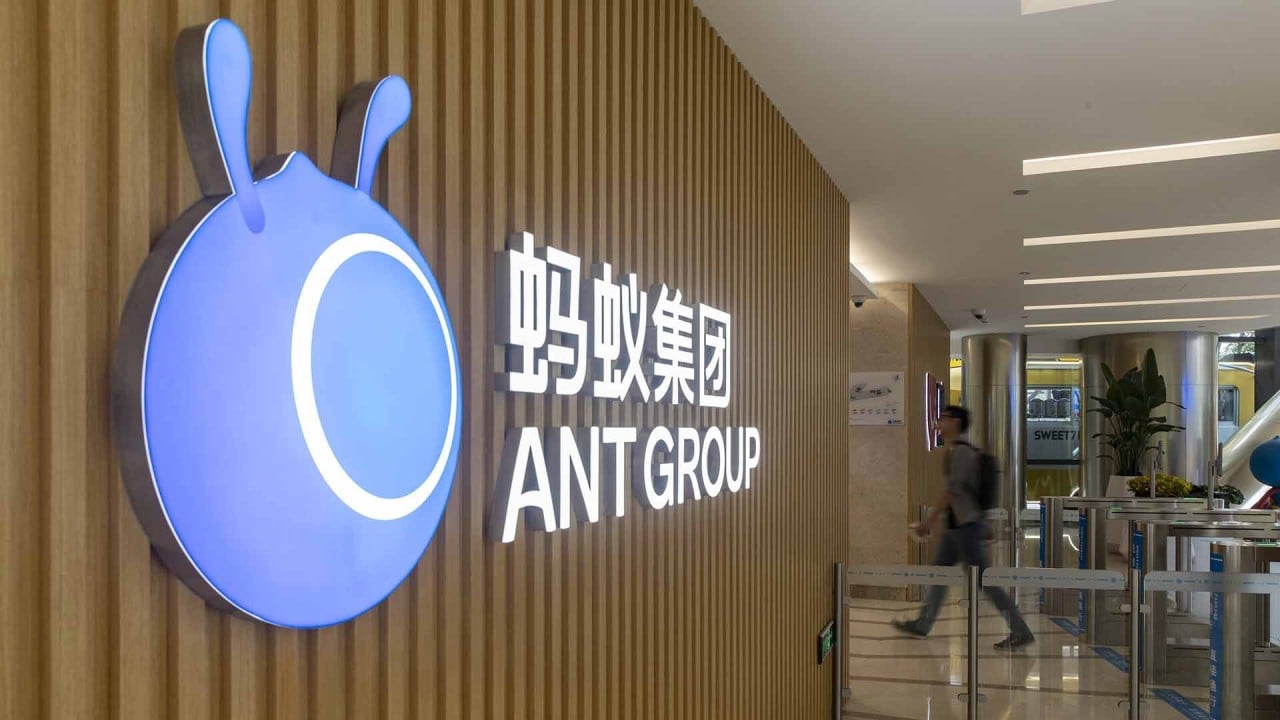
China’s mutual funds, armed with cash from Ant Group’s foiled IPO, plough into Tencent, HKEX and other Hong Kong-listed stocks
- The five mutual funds that were supposed to buy into Ant Group’s IPO have earned decent returns by scooping up Hong Kong stocks instead
- They contribute to the record inflows of mainland funds into Hong Kong, fuelling the stock market’s best start to a year since 1985
“The rally can be sustained as capital flows from the mainland show no signs of slowing down,” said Kenny Tang Sing-hing, co-founder and chief executive of Royston Securities in Hong Kong. “Mainland investors may want to boost the capitalisation of Hong Kong’s stock market. Chinese enterprises won’t want to list in the US for safety reasons, so the market capitalisation here needs to be sufficiently big and deep enough in order to attract and absorb [the listing of] large Chinese companies.”
Aggrieved investors pulled their funds, causing the combined size of the five funds to shrink by almost a third to 40 billion yuan. The five funds are under the management of China Universal Asset Management, E Fund Management, China Asset Management, Penghua Fund Management and Zhong Ou Asset Management.
Ant Group’s IPO halt leaves five mutual funds with US$9 billion in limbo, as potential first-day trading bonanza goes poof
Hong Kong-listed Chinese technology stocks were particularly sought after, as they provide the only way for mainland investors to partake in the growth of China’s home-grown champions, according to the portfolios disclosed by four out of the five asset management firms.
Tencent Holdings, China’s largest games publisher, was the top holding for Zhong Ou, E Fund and China Universal, ranking number two among Penghua’s investments as of January 14. Meituan the food delivery giant, Xiaomi the smartphone maker and Sunny Optical Technology Group, the producer of components for Apple’s iPhones, were also among the funds’ top 10 holdings.

01:12
Ant Group poised to be world’s biggest private firm making public debut, with Hong Kong-Shanghai IPO
Tencent is now the world’s sixth-largest company with a market cap of US$810 billion. Hong Kong Exchanges and Clearing, which is the world’s largest bourse operator, capitalised at US$82 billion, is also among these funds’ favourites.
“Technology and traditional sectors both have big weightings in Hong Kong’s market,” said Yin Yue, an analyst at Yuekai Securities. “Traditional sectors such as financials and automakers are expected to enjoy increases in both earnings and valuations amid the global recovery.”
Buying by the five funds has contributed to the HK$205.6 billion (US$26.5 billion) poured into Hong Kong’s stock market so far this year by mainland investors, including HK$20.3 billion on Wednesday. They amoounted to almost 25 per cent of the net inflows for the whole of 2020.
As much as 600 billion yuan of capital could flow into Hong Kong’s stocks from mainland China in the coming years, according to a forecast by the country’s largest investment bank, China International Capital Corporation (CICC), because of the local market’s low valuation and the familiarity it offers to Chinese investors.
Buying interest accelerated in January, as the funds were attracted by Hong Kong’s low valuations. Among the Chinese stocks that are dual-listed on the mainland and in Hong Kong, China’s yuan-denominated A shares were 34 per cent more expensive on average than their Hong Kong counterparts, according to a gauge tracking the price discrepancy between the two groups.
Additional reporting by Martin Choi

